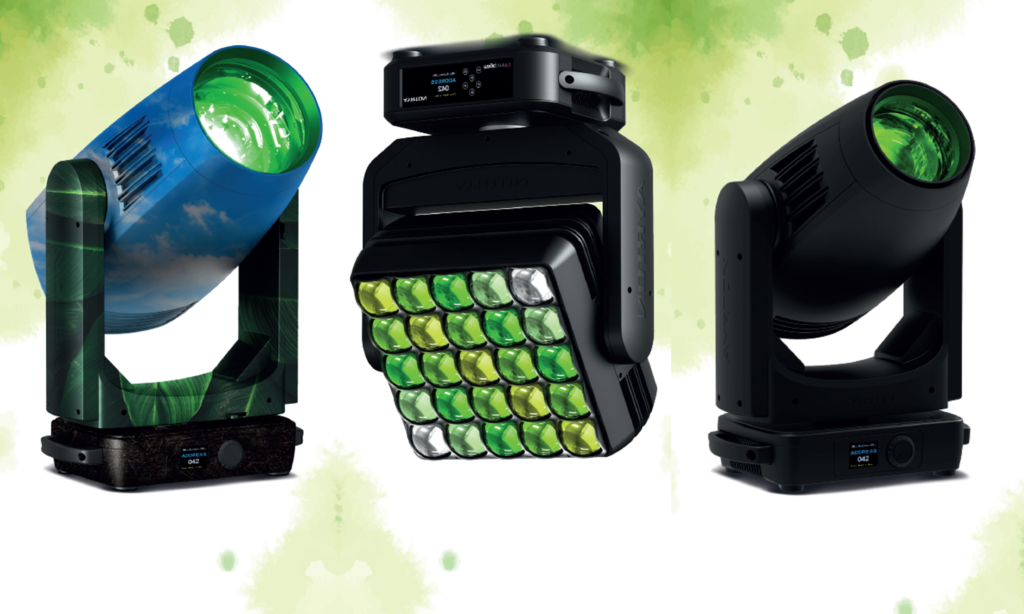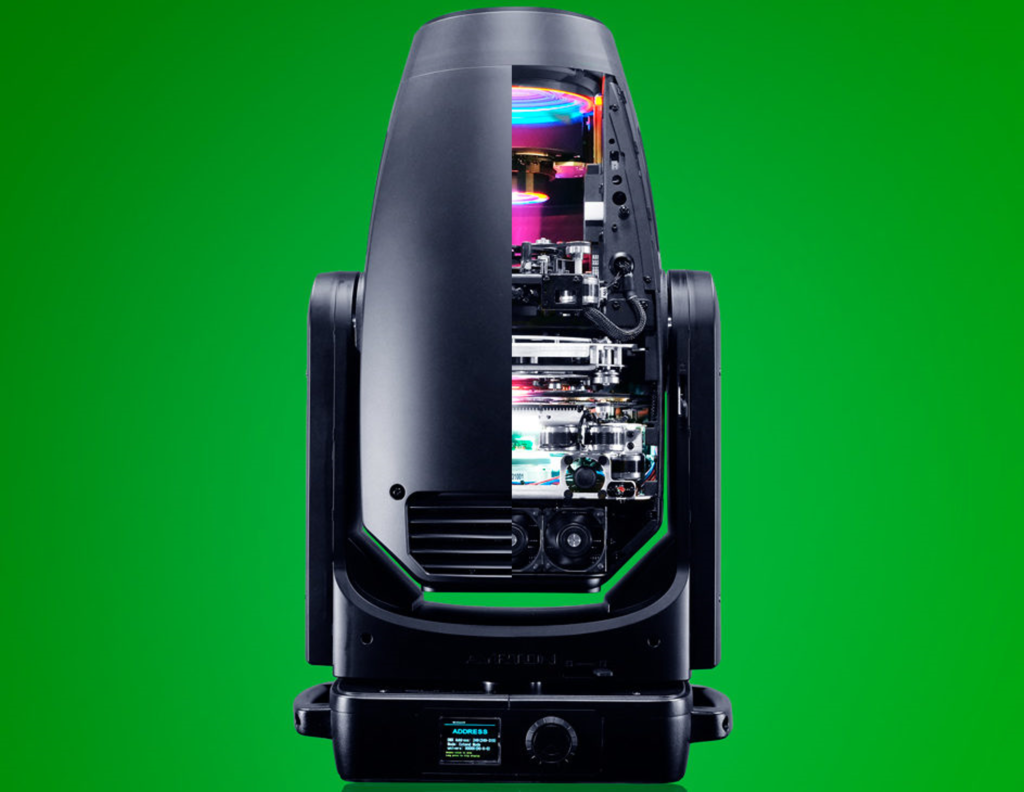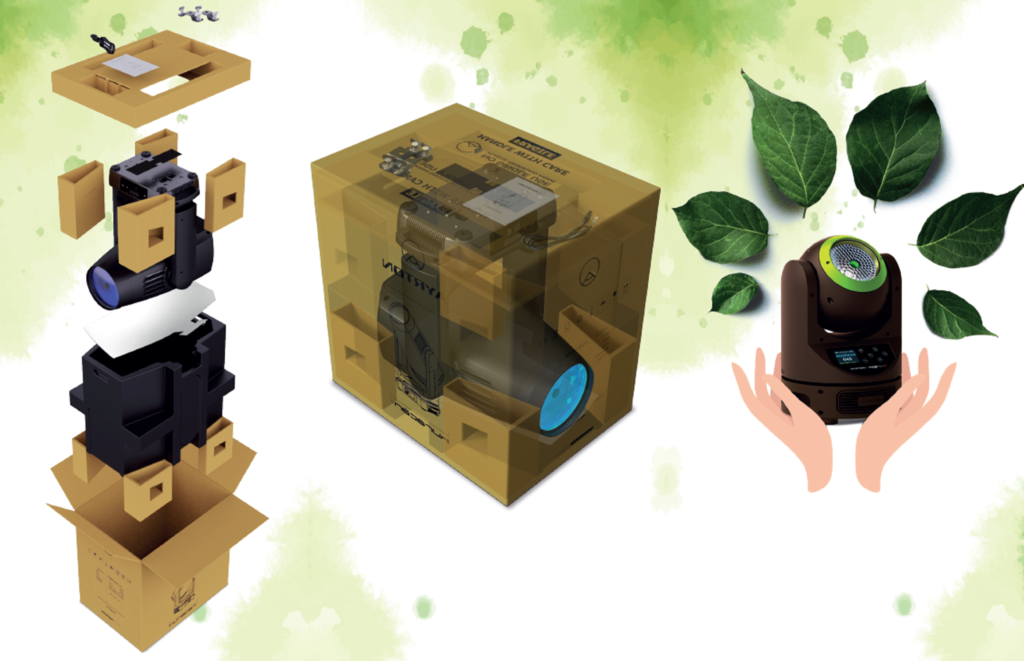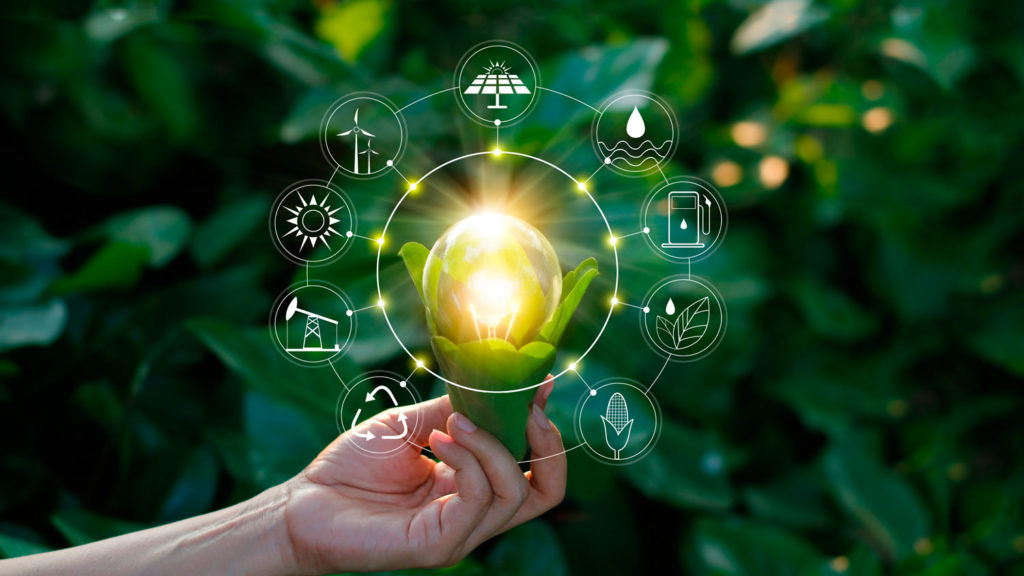The climate crisis is the star of this World Earth Day and in the world of professional lighting there is still much to do to continue enabling the technological transition of scenic spaces to LED luminaires. The French brand Ayrton, distributed exclusively by Stonex in Spain, leads this initiative to renew equipment and seeks to reduce the environmental impact from manufacturing, through distribution and the final result of its LED fixtures.
In recent years we have experienced natural disasters that give us a clue about the current environmental crisis and the need to take strong measures to reduce the ecological footprint of our industries and consumer society. When we talk about professional lighting, Ayrton is a major benchmarks in the development and application of low power consumption LED technology and their lighting production systems are constantly innovating to be more sustainable.

Ayrton's 6 keys to caring for the environment on World Earth Day
Since its founding in 2001, the French brand has only developed LED products in a firm commitment to the energy of the future: clean, efficient and durable. Long before the industry valued sustainability, Ayrton had already incorporated this maxim at the organizational level, so it is not surprising that in 2022 the independent consulting firm Aviaco will have carried out a carbon emissions audit of its entire value chain. As a result of this, Ayrton has identified the critical points and the improvement objectives to reduce its emissions in 2022, which we publish in the Earth day:
1) Use materials with low ecological impact
Traditional luminaires contain many materials that are dangerous for the environment, such as mercury, sodium or metal halides (bromine, iodine...). Instead, LED lamps contain fewer toxic components and are constantly reviewed to minimize the environmental impact of their materials.
2) Bet on the durability of the LED
La The useful life of the LED modules has an estimated duration of 50.000 hours, which is equivalent to five years of continuous operation or ten years of operation at 50%. Ayrton's LED equipment applied to the stage lighting They are tested to reach, being used eight hours a day, 365 days a year, 70% of their initial light production at 14 years, at which time they would be considered obsolete.
LEDs are different from tungsten light sources in that they do not burn out and stop working like the previous ones, they simply switch to lower light output levels over a long period of time, becoming less bright.
3) Manufacture luminaires with less heat loss
How to Live Aligned with Ayrton LED modules produce less heat than an incandescent lamp, all surrounding components suffer less thermal stress than components in tungsten luminaires. This means less heat-induced breakdowns, which means fewer spare parts and greater reliability, and also reduces the size of the cooling system and energy consumption.
4) Emit zero UV light radiation
LED lighting does not generate ultraviolet radiation, so it is very suitable for objects and materials sensitive to UV rays, for example those found in museums, art galleries, archaeological sites, etc..

5) Power the luminaires with an efficient energy source
Ayrton has been committed to LED lighting since its inception, as it is the most efficient technology in two aspects: the efficiency of the LED chip itself, and that of this in combination with the device that makes up the luminaire. Because they are sensitive to thermal and electrical changes, LEDs must be carefully integrated into lighting fixtures.
The efficiency of a poorly designed fixture, using even the best LED chips, will be only a fraction of what it would be if the fixture were well designed. So, Ayrton focuses on using the best coolants to harness the full potential of ultra-efficient LEDs and deliver the most powerful light output on the market..
6) Recycle each product at the end of its useful life
The French brand makes a comprehensive review of its ecosystem of components for each product and creates guidelines that allow customers to recycle them where possible. This initiative began during the pandemic and still has a long way to go: in the third quarter of 2022, Ayrton plans to classify parts and provide documentation on best practices for recycling.
A packaging designed to generate less waste
Product packaging is an aspect that requires special attention to balance equipment protection with sustainability, as constitutes the main source of immediate waste once the product reaches its destination. For many years, Ayrton has shipped its products in molded, reusable polystyrene inserts (used to cover accessories), which can be inserted into flycases without additional impact protection.
Until the end of 2019, single-use plastic bags were shipped to cover the device and one for accessories along with a single-use, impact-resistant foam pad to protect the base of the accessory and the corners. Nevertheless, as of 2020 all new products are no longer shipped with hard-to-recycle plastic packaging but with corrugated paper and a reusable impact-resistant pad to protect the base.

This has translated into nearly 100.000 fewer single-use plastic/foam items that harm the environment. In addition, we have worked with our supply chain in China to ensure that all corrugated paper used to make our boxes (which is a mix of recycled and new paper) comes from FSC-certified sources and can be recycled. The next objective will be to completely replace the plastic in the packaging tape used to close paper containers.
Ayrton Shipping, Storage and Transportation Tailor Made for World Earth Day
Along with the main packing, the method of preparing the shipment in Big square caramels also plays a key role in Ayrton's sustainability strategy. Before 2021, the product was shipped from the factory in Big square caramels of plastic -which are still used due to the limitations in the use of wood for intercontinental shipments- that once the shipment was made, they were discarded to store or send the equipment on a second wooden or plastic pallet, indistinctly.
From 2021 onwards, the products have been shipped using a new type of more robust plastic pallet, which can be reused for both shipping and storage and not just Ayrton products. In the future, the brand plans to replace plastic with biodegradable materials in the factory, as is already the case at the French headquarters.

The company's shipping policy is also key, since Ayrton uses a combination of various types of transport, with particular relevance to rail, which accounts for 87% of the total, in order to reduce the amount of super-polluting air transport. According to their “2021 Carbon Emissions Report” the use of the train avoided the emission of 4.000 tons of CO2. Among its objectives for 2022 is to continue with this rail and maritime transport strategy well above air cargo, since it is an area in which to achieve a direct impact.
Online con Ayrton's purposes of reducing its ecological footprint also in the day to day of its workers, the company has made significant commitments to sustainability in its offices. For example, eliminate bottled water, soft drinks and coffee in single-use plastic containers, implement strict recycling policies and change the energy supply of its headquarters at a renewable rate that is projected to be 100% by the middle of this year. Because in caring for the environment, every gesture adds up.

